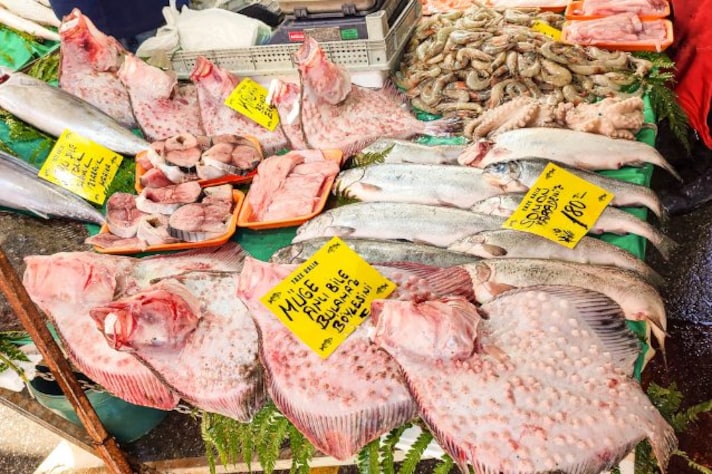How to Pick the Freshest Fish at the Market—A Simple Guide
Learn simple, practical tips to confidently select fresh fish at the market. From quick scent checks to smart questions for your fishmonger, these methods guarantee optimal flavor, texture, and safety in every fillet—perfect for favorite dishes like fish tacos or grilled salmon.

Love seafood but unsure how to tell if the fish you’re buying is truly fresh? You’re not alone. Selecting top-quality fish can feel daunting, especially when faced with a wide variety of options at the seafood counter. With a few easy checks, you can confidently bring home fish that’s not only safe to eat, but also delicious in all your favorite recipes—from classic fish tacos to a show-stopping grilled salmon.
Why Fresh Fish Matters
- Better Flavor: Fresh fish has a mild scent and delicate taste, elevating any dish you prepare.
- Optimal Texture: With fresher fillets, you get firm, flaky flesh that cooks up beautifully.
- Food Safety: Quality, recently caught fish is less likely to have bacterial issues or off-putting odors, giving you peace of mind in the kitchen.
5 Simple Tips to Choose Fresh Fish
1. Trust Your Nose

- Mild, Clean Scent: Fresh fish should smell like the ocean or have almost no aroma at all. Strong, fishy odors suggest it’s past its prime.
- Avoid Sour Notes: Any sour or ammonia-like smell is a red flag.
Pro Tip: When in doubt, step away. It’s better to try another fillet or a different market than risk bringing home bad fish.
2. Check the Eyes

- Bright and Clear: For whole fish, clear, bulging eyes are a reliable indicator of freshness.
- Cloudy or Sunken: Dull, milky eyes often mean the fish has been sitting around for a while.
3. Inspect the Skin and Scales

- Shiny, Metallic Appearance: The skin should look glossy and tight, with scales that cling firmly to the fish.
- Moist, Not Dry: Avoid fish with flaky skin or signs of dryness—these can point to age or improper storage.
4. Look at the Flesh

- Firm to the Touch: Gently press the fish. If it springs back quickly, that’s a good sign.
- Minimal Gaping: If fillets are already cut, keep an eye on any gaps or separation. Too much gaping can indicate the fish isn’t very fresh.
5. Ask Questions

- Date of Arrival: Don’t be shy—ask your fishmonger when the fish came in. A reputable seller will know and won’t hesitate to share.
- Where It’s From: Learning about the fish’s origin can help you gauge freshness and support sustainable fishing.
Final Thoughts on Buying Fresh Fish
With a quick sniff, a poke test, and a little conversation at the fish counter, you can confidently choose fillets or whole fish that deliver on flavor, texture, and safety. By mastering these checks, you’ll bring home seafood that’s perfect for grilling, roasting, or frying—making your next fish dinner both nutritious and delicious.
;Resize,width=767;)
;Resize,width=712;)
;Resize,width=712;)
;Resize,width=712;)
